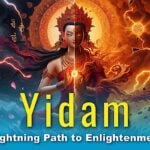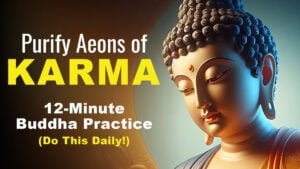Part 3: 21 Taras of Mahasidda Suryagupta: after curing him of leprosy, Tara taught him Her Twenty-One forms
Suryagupta, one of the great Eighty-four Mahasiddas (7th/8th century), had countless visions of glorious Mother Tara. She so cherished the great master — also known as Ravigupta or “Nyi ma be pa” in Tibetan — that she first cured him of leprosy. (As recorded by the Indian scholar Vajrasana of Bodhgaya in the 11th century). [1]
- For Part 1 in this series on the unique and precious Surya Gupta 21 Taras, see>>
- For Part 2 in this series see>>
Interestingly, even though Tara instantly cured him of Leprosy, she left one tiny sore on his forehead. When he asked her why, she replied:
“Formerly you were born as a hunter, killed animals and in the end set fire to a forest. In consequence of this, you were reborn in Hell and this is your last rebirth of the 500 rebirths in Hell, and saying so, she bestowed on him the sadhana, accompanied by a stotra. The Tara said with their help, one may perform any kind of magic rite. I shall grant you miraculous powers (siddhi).” [1]
Embedded below are video visualizations with the mantras sung by the amazing Yoko Dharma.
21 Miraculous and varied forms of Tara
Famously, She taught him Her mysterious and wrathful forms, with each of the 21 Taras visualized with unique form, symbols and attributes. (There were actually 23 Taras, more on this later.) The later master Atisha Dipamkara (982-1054) transmitted a different visualization tradition — with all of the 21 Taras appearing seated with two arms, with only minor variances in colour and expression.
The intense practice of the 21 Taras according to Surya Gupta required separate visualizations, mantras, sadhanas (practice text) and interpretations — although the actual versus of the 21 Tara’s praise were the same as in the Atisha system. In the Atisha version, there is only the one mantra, sadhana and the images are relatively similar.
[NOTE: Individual Tara images illustrated here are by the illustrious artist V.V. Sapar [See our feature interview with V.V. Sapar here>>] commissioned and directed by Dzongsar Khyentse Rinpoche. Dzongsar Khyentse Rinpoche, out of generosity, makes these wonderful high-resolution images available for free download on the Khyentse Foundation website>>]
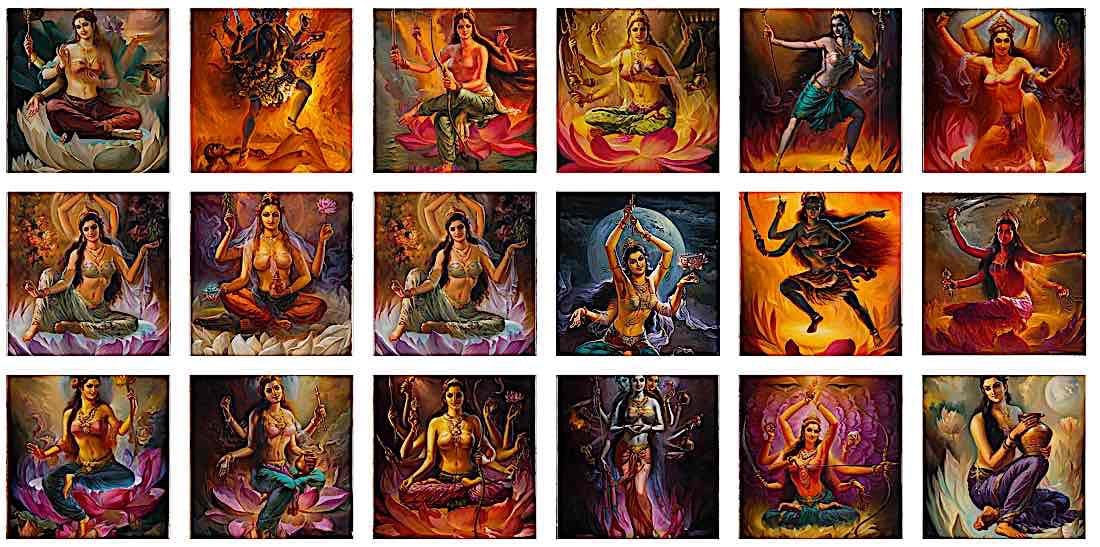
Separate mantras and visualizations for each Tara
Although both systems of 21 Taras can be practiced as a daily praise song — a traditional practice in Tibetan Buddhism — using the same praise language, the Surya Gupta practice is more involved and demanding, not just in terms of visualization. The initiation cycle can take days, especially if one wishes to practice the sadhanas and special mantras. There is a sadhana for each of the 21 Taras, with a self-generation and mantra for each.
[Note: although we are covering the images and descriptions and praise for each Tara below, we’ve left out the permission-required mantras. These, together with the images and Sadhanas can be found in English in Tara in the Palm of Your Hand, by H.E. Zasep Rinpoche. The mantras can be “read” but should not be spoken without transmission. The praise can be spoken or sung by anyone with significant stated benefits.]
For the full story of Surya Gupta, see section under the Taras.
Buddha Weekly Video Tara 15
mantra chanted by Yoko Dharma with illustration by Niels Petersen:
Tara 15 Tara the Great Peaceful One Who Provides Virtues and Goodness
Maha Shanti Tara / She Wa Chen Mo Am Gelek Ter Wi Drolma
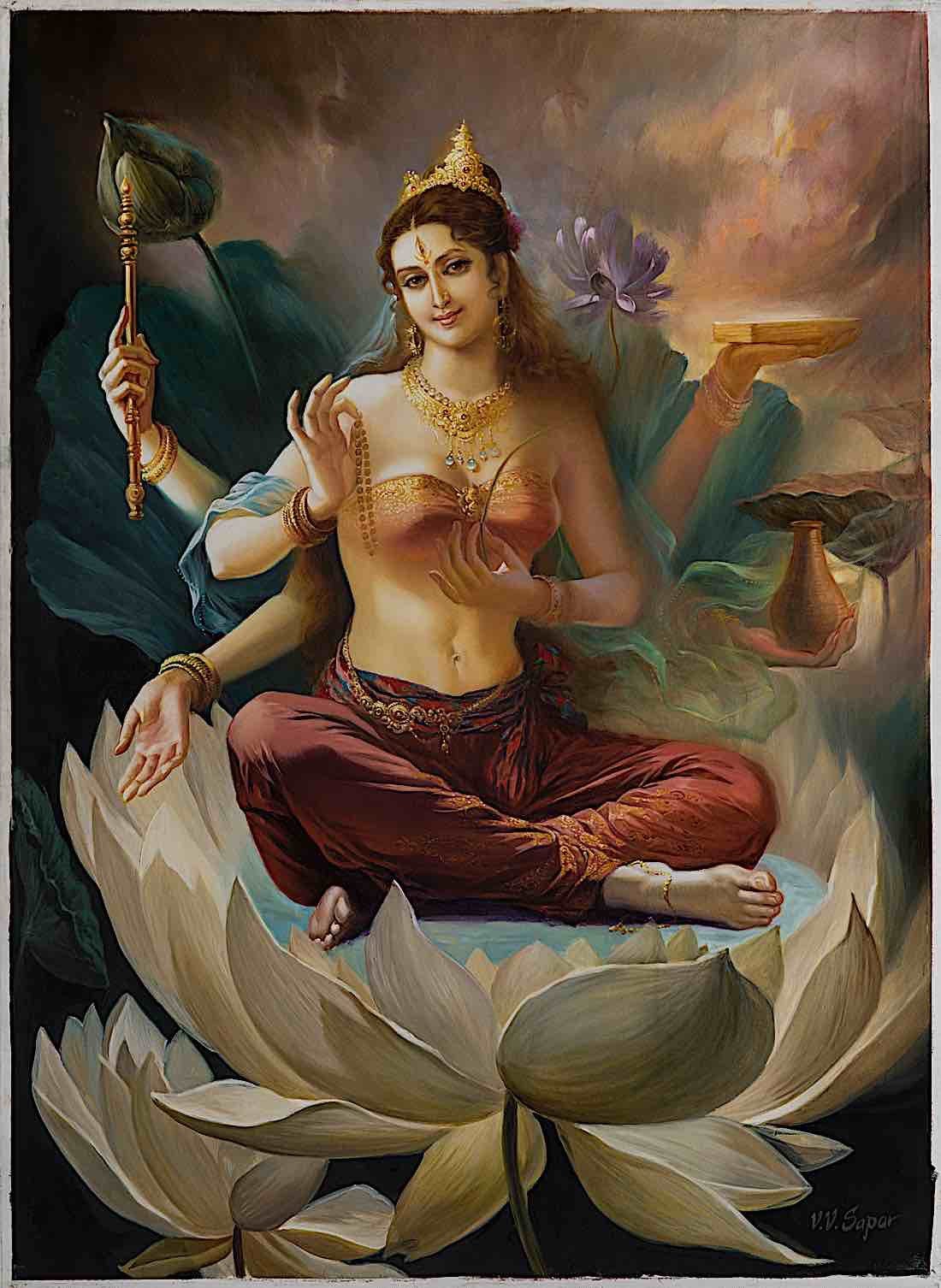
Power or Rite: cleansing, purification, praised in terms of her Dharmakaya aspect
- Seed syllable NI
- Colour: white
- Number of arms: six
- Peaceful or wrathful: peaceful
Praise
Homage to you, the happy, virtuous, peaceful one,
Who act from the eternal bliss of Nirvana,
And who with the pure sounds of SOHA and OM
Eliminate even the strongest unwholesome karmas.
Buddha Weekly Video: Tara 16
Tara 16 Tara Destroyer of All Attachment
Raga Nisudana Tara / Chagpa Jom Pi Drolma
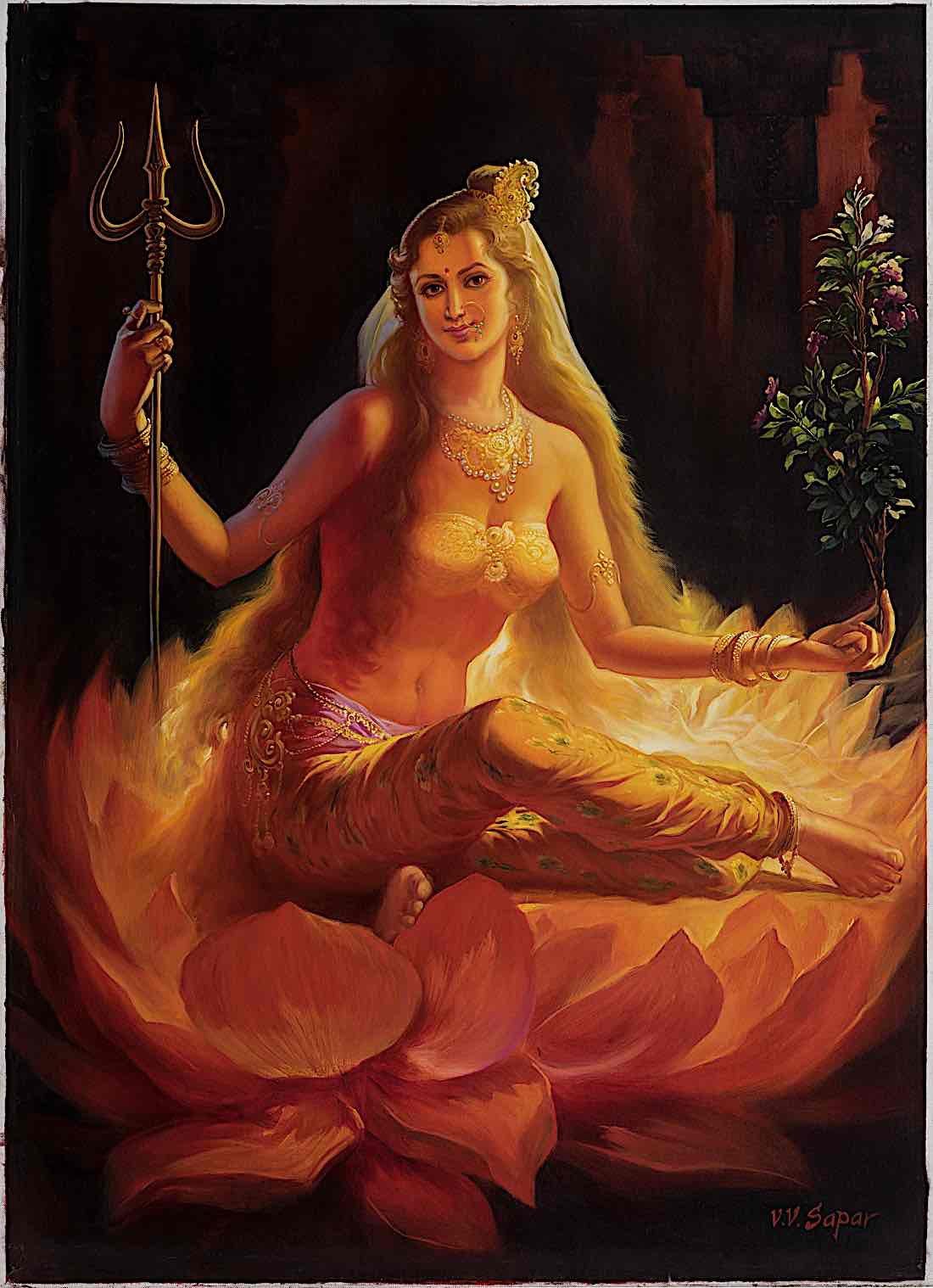
Power or Rite: cleansing, purification, praised in terms of her Dharmakaya aspect
- Seed syllable A (red)
- Colour: coral red
- Number of arms: two
- Peaceful or wrathful: slightly wrathful
Praise
Homage to you who turn the sharp Wheel of Dharma
For those who love the teachings,
And who crush all inner and outer enemies,
With the ten syllable mantra and the seed syllable HUM.
Buddha Weekly Video Tara 17
Tara 17 Tara Accomplisher of Joy and Bliss
Sukha Sadhana Tara / Dewa Drub Pe Drolma
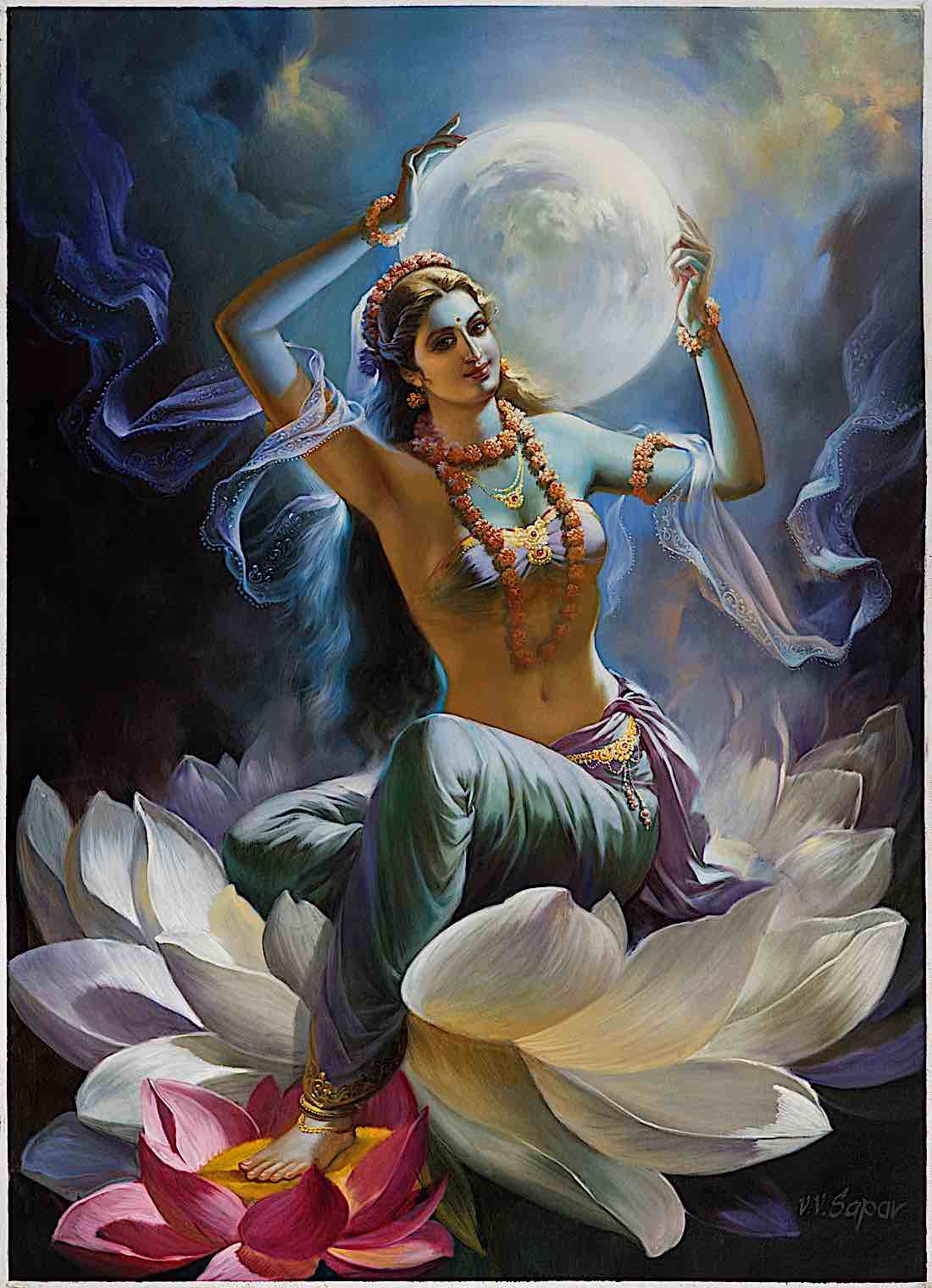
Power or Rite: Binding thieves, praised for wrathful activity of shaking the three worlds.
- Seed syllable SHA
- Colour: orange
- Number of arms: two
- Peaceful or wrathful: peaceful
Praise
Homage to you who stamp your feet while reciting the sound of TURE,
Whose essence syllable is HUM;
You cause Mount Meru, Mandhara and Vindhya
And all three worlds to tremble and shake.
Buddha Weekly Video Tara 18
Tara 18 Victorious Tara Who Increases Realizations
Sita Vijaya Tara / Rab Tu Gye Pi Drolma
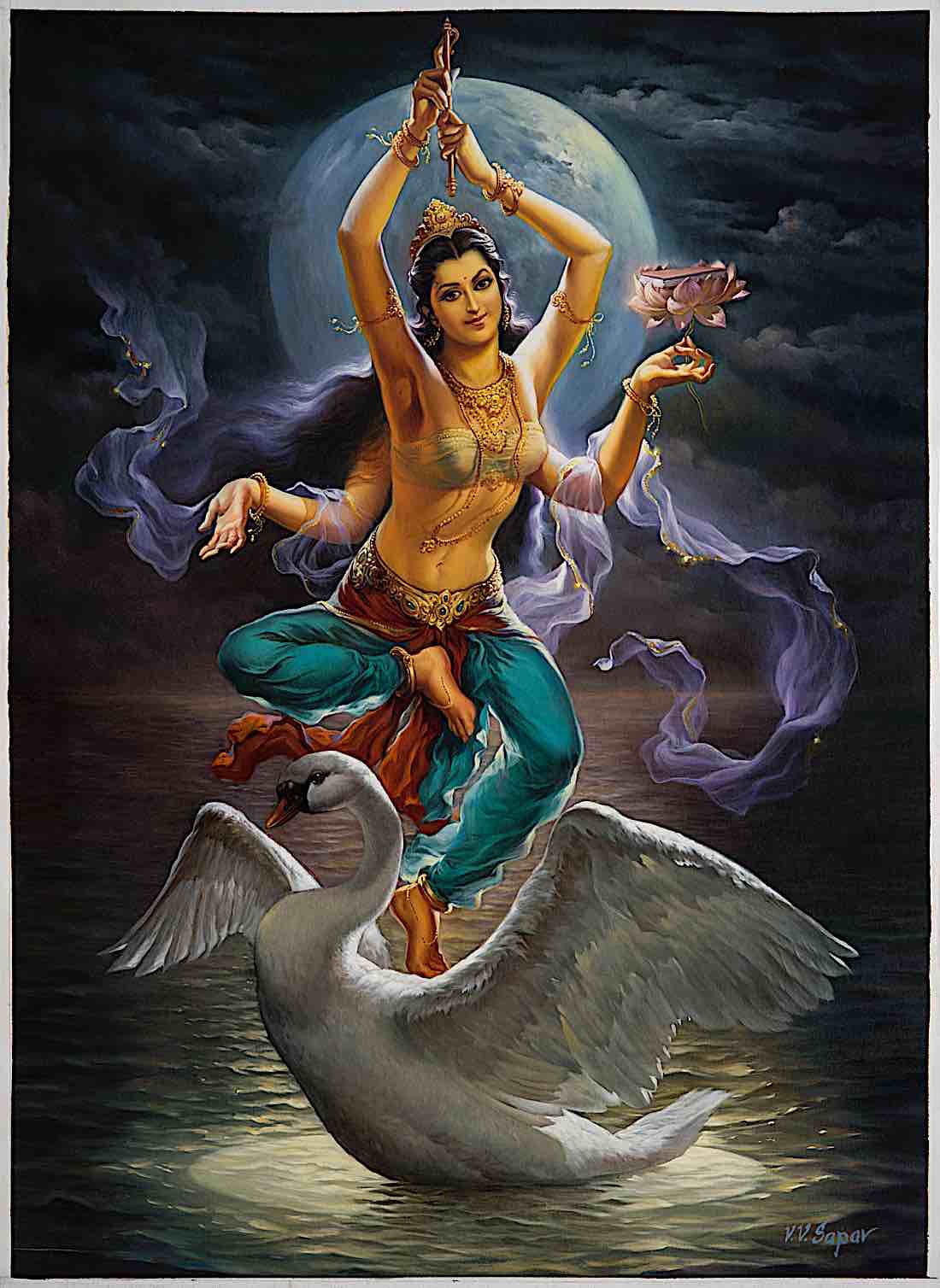
Power or Rite: Curing leprosy and Naga diseases (as Tara cured Surya Gupta.) Praised for dispelling poisons of all kinds.
- Seed syllable KE
- Colour: white
- Number of arms: four
- Peaceful or wrathful: peaceful
Praise
Homage to you who hold in your hand
A beautiful moon resembling a celestial lake;
Saying TARA twice, and the letter PHAT
You dispel poisons completely and forever.
Buddha Weekly Video: Tara 19
Tara 19 Tara, Extinguisher of All Suffering
Dukha Dahana Tara / Duk Ngal Sek Pi Drolma
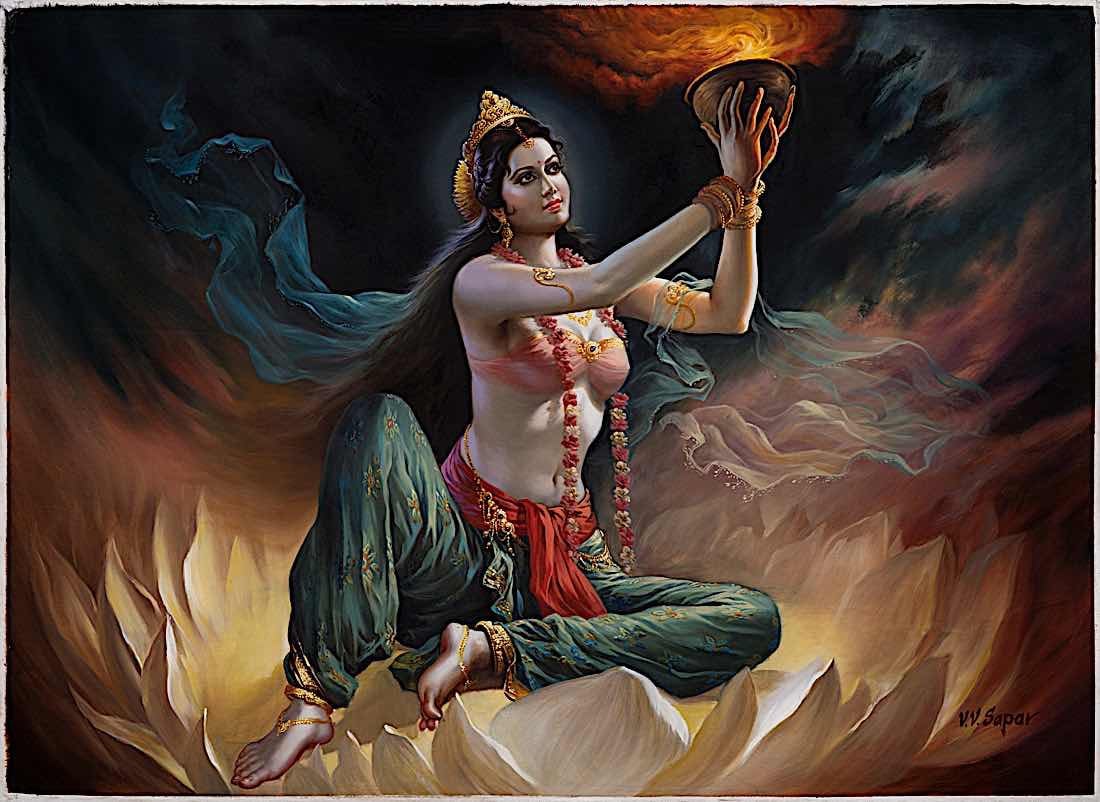
Power or Rite: Curing leprosy and Naga diseases (as Tara cured Surya Gupta.) Praised for dispelling poisons of all kinds.
- Seed syllable ZA
- Colour: white
- Number of arms: two
- Peaceful or wrathful: peaceful
Praise
Homage to you on whom the lords of the hosts of devas rely,
And also the lords of the Gandharvas;
By the splendor of your joyful armour,
You eliminate arguments and nightmares as well.
Buddha Weekly Video Tara 20
Tara 20 Tara, Source of All Powerful Attainments
Sidhi Sambhava Tara / Ngyu Drob Jung Pi Drolma
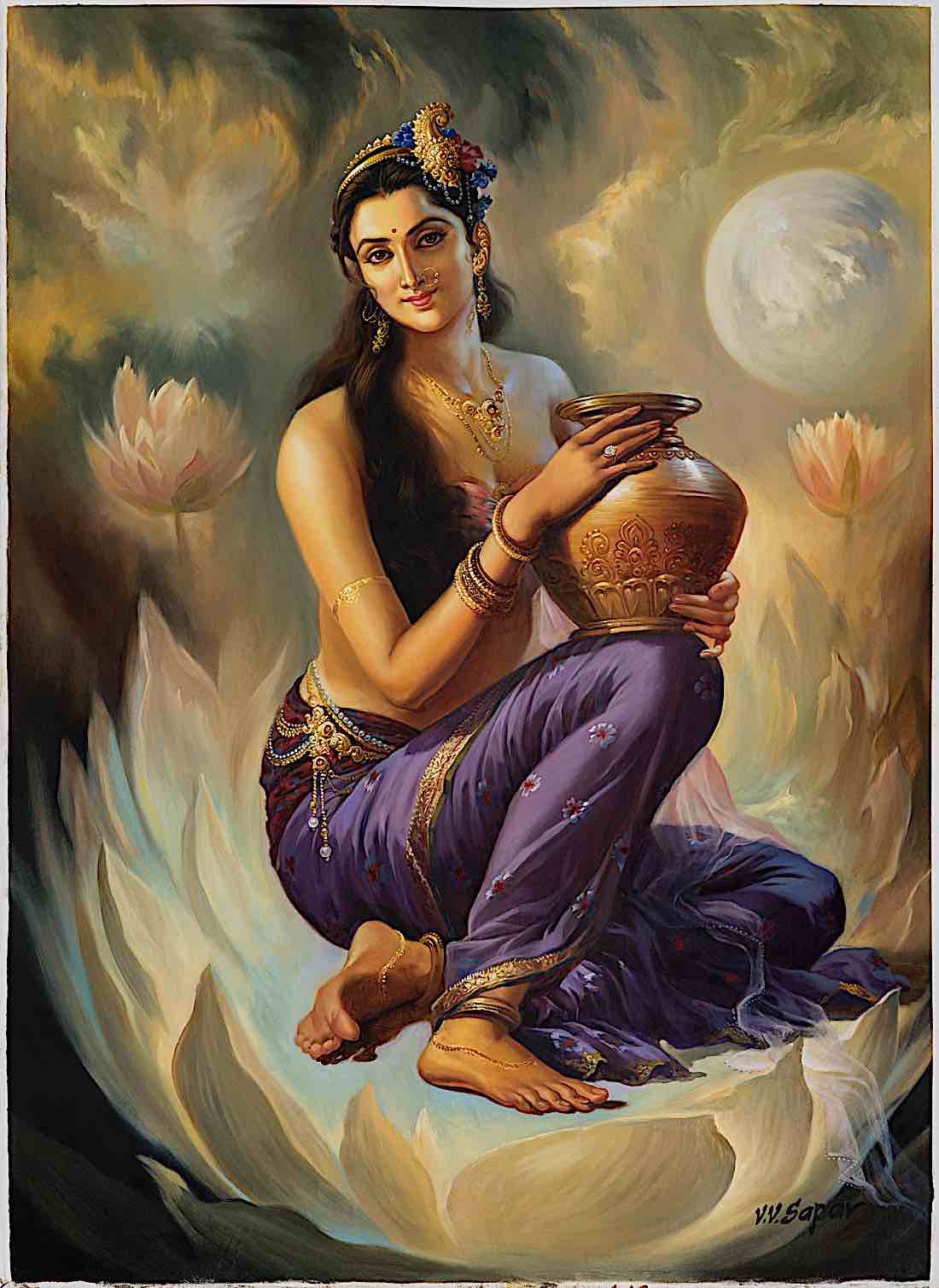
Power or Rite: Dispelling fevers and epidemics.
- Seed syllable TSE
- Colour: orange
- Number of arms: two
- Peaceful or wrathful: peaceful
Praise
Homage to you whose two eyes
Are so beautiful and bright, like the sun or moon;
Saying HARA twice, and TUTTARE again
You quell and eliminate the most fearful epidemics.
Tara 21 Tara of the Perfection of Wisdom and Compassion
Paripurana Tara / Yong Zog Jed Pi Drolma

Power or Rite: Rite is for “sky going” to the Akanishtha Pureland in this very life; praised for subduing evil spirits and zombies.
- Seed syllable PHE
- Colour: white
- Number of arms: two
- Peaceful or wrathful: slightly wrathful
Praise
Homage to you who by embodying the three Ultimates
Are perfect with the strength of peace,
Able to eliminate maras, Dons, zombies, and Yakshas;
TURE is the most exalted syllable of the Supreme.
Story of Surya Gupta
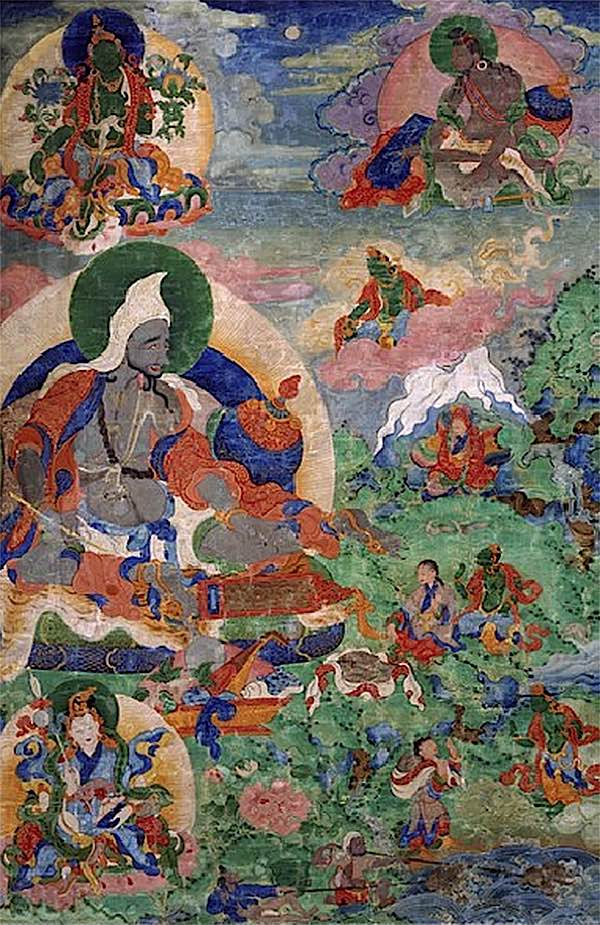
From the Blue Annals (part 14, chapter 11, pages 672-673) of Go Lotsawa Zhonnu Pal (1392-1481):
“The Cycle of the Tārā transmitted by Ravigupta (nyi ma sbas pa). “It is said that in the country of Kashmira there had been an image of the Ta’u Tārā endowed with miraculous powers (siddhi) in the Temple of rang byung lha lnga, lepers after worshiping the image were cured of their ailment.
About that time the acharya Ravigupta (nyi ma sbas pa), who was learned in the five sciences and especially in the Tantra, was attacked by leprosy (klu’i gnod pa). He built a hut for himself to the west of the vihara, and prayed for three months. Then the {R1051} temple’s gate moved (by itself) westwards, and the Tārā said: What is your wish? and the acharya replied: I wish to be cured of leprosy. In that very moment his entire body, except for a small sore on his forehead, assumed its former appearance. He asked: What was the reason for not curing the sore on the forehead? The Tārā replied Formerly you were born as a hunter, killed animals and in the end set fire to a forest. In consequence of this, you were reborn in Hell and this is your last rebirth of the 500 rebirths in Hell, and saying so, she bestowed on him the sadhana, accompanied by a stotra. The Tara said with their help, one may perform any kind of magic rite. I shall grant you miraculous powers (siddhi).
After that the acharya composed a magic rite which corresponded to the twenty one sādhanas, as well as general rites and their branches. He taught it to Chandragarbha. The latter to Jetari. The latter to Vāgiśhvara (Ngaggi dbang phyug). The latter to Śhraḍhākara. The latter to Tathāgata Rakshita. The latter to Dānaśhila, who bestowed it on Mal gyo lo tsa ba. In the translation by Mal gyo the sādhanas and the magic rites were arranged in separate sections, but in the translation by the Khro phu lo tsa ba the magic rites were added in the end of each of the propitiation rites. {(20b)}
Its Lineage: Tārā, Ānanda (Kun dga’ bo), the arhat Madhyantika (dgra bcom ri ma gun pa), Krrssnnavāsinn (Kṛśṇa’i gos can), the Kashmirian Ravigupta (Kha che nyi ma sbas pa), Rāhulaśrī, Vindaśrī, panchen sakyaśrī(bhadra). The latter bestowed it on khrophu lo tsa ba, bla chen bsod dbang, rin po che pa, tshad ma’i skyes bu and bu rin po che. mal gyo preached it to sa chen. The latter to rtse mo. The latter to the Venerable One (rjebtsun), who composed many {R1052} text books on the system, and taught it to ‘chims chos seng, the Dharmasvimin ‘jam gsar, rong pa rgwa lo, shes rab seng ge, dpal ldan seng ge, the bla ma dam pa bsod nams rgyal mtshan, the mahāupādhyāya shes rdor pa, chos sgo ba choskyi rgya mtshan, and rgod phrug grags pa ‘byung gnas. I obtained it from the latter.”
- For Part 1 in this series on the unique and precious Surya Gupta 21 Taras, see>>
- For Part 2 in this series see>>
NOTES
[1] Extracted from the Blue Annals (part 14, chapter 11, pages 672-673) of Go Lotsawa Zhonnu Pal (1392-1481)
More articles by this author
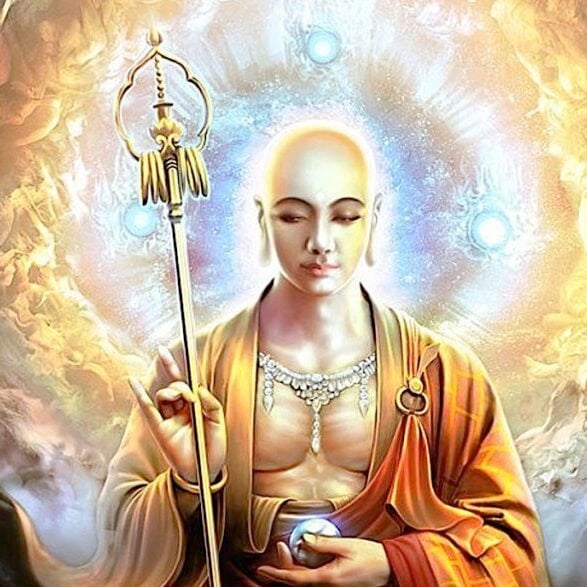
Lama Zopa Rinpoche and other teachers recommend Kṣitigarbha mantra and practice for times of disaster, especially hurricane and earthquake, because of the great Bodhisattva’s vow

Profound simplicity of “Amituofo”: why Nianfo or Nembutsu is a deep, complete practice with innumerable benefits and cannot be dismissed as faith-based: w. full Amitabha Sutra

Vajrayogini, enlightened wisdom queen, leads us to bliss, clear light and emptiness, despite modern obstacles
Search
Latest Features
Please support the "Spread the Dharma" mission as one of our heroic Dharma Supporting Members, or with a one-time donation.
Please Help Support the “Spread the Dharma” Mission!

Be a part of the noble mission as a supporting member or a patron, or a volunteer contributor of content.
The power of Dharma to help sentient beings, in part, lies in ensuring access to Buddha’s precious Dharma — the mission of Buddha Weekly. We can’t do it without you!
A non-profit association since 2007, Buddha Weekly published many feature articles, videos, and, podcasts. Please consider supporting the mission to preserve and “Spread the Dharma." Your support as either a patron or a supporting member helps defray the high costs of producing quality Dharma content. Thank you! Learn more here, or become one of our super karma heroes on Patreon.
Josephine Nolan
Author | Buddha Weekly
Josephine Nolan is an editor and contributing feature writer for several online publications, including EDI Weekly and Buddha Weekly.




